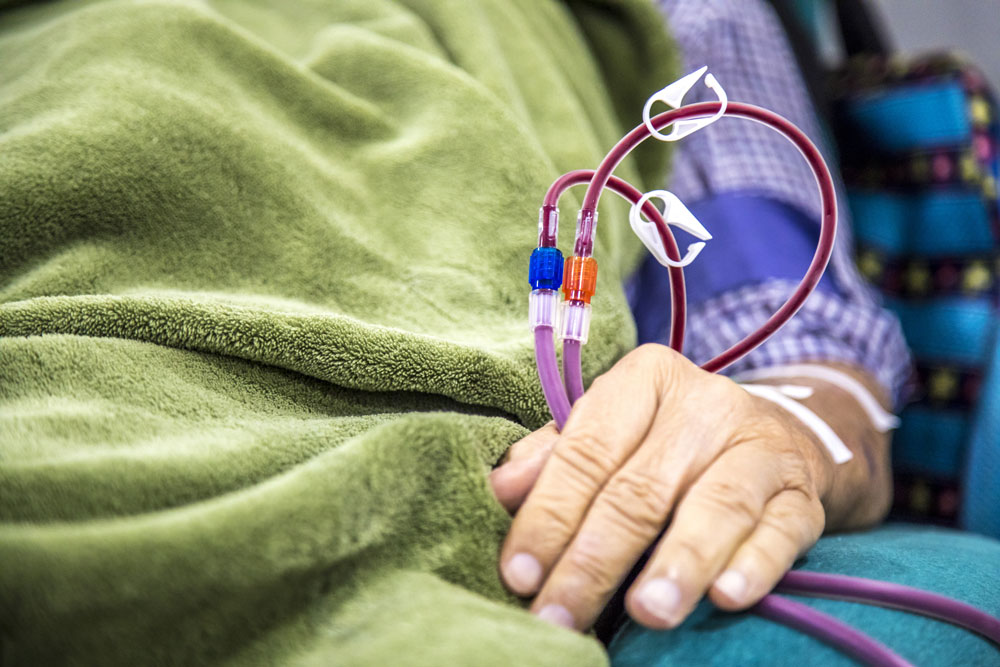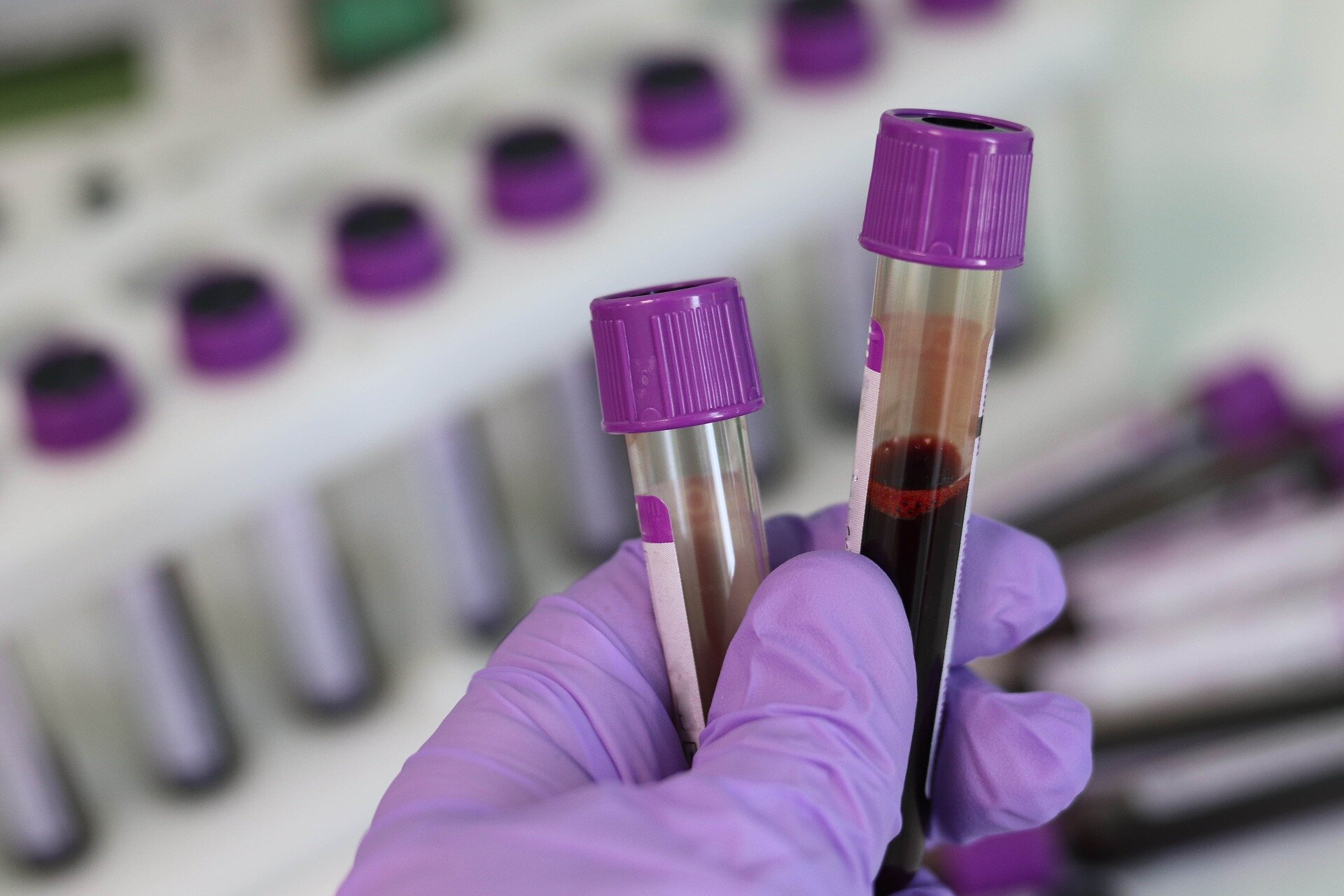LIVING DONATION & TRANSPLANT
Types of Transplant
Just as there are two types of dialysis, there are two types of transplant:
“Living donor kidney transplant: A surgery where doctors put a kidney from a living person into someone whose kidneys no longer work.
Deceased donor kidney transplant: A surgery where doctors put a kidney from someone who has died into someone whose kidneys no longer work.”
An Anxious Waiting Game
On 09/22/20, the Federal Register recorded that every 10 minutes another person is added to the national organ transplant waiting list, and approximately 20 people die everyday while waiting a transplant.
Patients wishing to receive a living or deceased donor kidney must be evaluated at a transplant center and be listed on the national transplant waiting list. Once on the list, there is no certainty that a suitable donor will be found, or that the patient will be healthy enough to receive a transplant when a donor organ becomes available.
A Living Donor Can Save A Life
Living kidney transplants, however, may be scheduled when a donor agrees to donate and is evaluated by the recipient’s transplant center as a suitable donor. Living kidney transplants result in fewer complications than deceased donor transplants, and longer life to the receiving patient (as compared to a deceased donor kidney). (Source/Source)
Most importantly, “Being a living kidney donor has a low impact on the donor. For a healthy donor, living day to day with one kidney is no different than living with two. Results from a Johns Hopkins study in 2015 of more than 90,000 living kidney donors showed that living with one kidney did not change a kidney donor’s life expectancy.” Kidney donors have no greater risk of subsequent kidney disease than the general population. (Source)
APPLY TO BE DEBRA’S DONOR
Do you wish to find out if you can be a kidney donor?
(Identify Your Recipient as Debra Starr-Knecht. You’ll need to contact Debra by email for her date of birth.)

On 09/22/20, the Federal Register recorded that every 10 minutes another person is added to the national organ transplant waiting list, and approximately 20 people die everyday while waiting a transplant.
Contact Debra
“Being a living kidney donor has a low impact on the donor. For a healthy donor, living day to day with one kidney is no different than living with two. Results from a Johns Hopkins study in 2015 of more than 90,000 living kidney donors showed that living with one kidney did not change a kidney donor’s life expectancy.” (Source)
The Donation Process
After completing an on-line health screening form, a potential kidney donor is evaluated at a transplant center at which the potential recipient is enrolled. Laboratory and diagnostic tests of the potential donor determine whether he/she is sufficiently healthy to safely donate a kidney, and the donor’s medical information remains confidential. (Debra will not be notified of a potential donor’s application and evaluation status unless a match is confirmed and the donor is willing to proceed.)
The potential donor is assigned a nurse coordinator to be their primary contact, and is provided care by a medical team whose responsibility is to assure the donor is fully informed and safely able to donate a kidney.
Debra has been placed on the transplant waiting list at UCLA, and has applied to two other transplant centers in diverse regional areas. Debra is blood type AB+, which may receive a transplant from all other blood types (A, B, AB and O). Should other matching factors make an available kidney donor incompatible, kidney paired exchange programs allow donors to be paired and matched with other incompatible pairs.
When a willing living kidney donor (who has been evaluated to be able safely donate a kidney) has an incompatible blood type or incompatible crossmatch, it is possible to exchange donors with another pair in a similar situation. Arranged by the transplant center, this “exchange” (in which each donor gives a kidney to the recipient in the other pair ) allows two patients to receive transplants and two generous donors to contribute even though the original patient/donor pairs were incompatible.
Similarly, a kidney donor “chain” can be initiated when a willing donor contributes to a patient with another willing but incompatible donor, who then contributes to another patient needing a transplant. That patient’s willing – though incompatible – donor gives to another patient, and the “chain” continues
Debra is eager that expenses for travel, housing and lost wages not deter a potential donor, as sources exist to provide reimbursement (to the extent permitted by law)
A Second Chance
Each of us are born with a second kidney which, when healthy, we can safely share with a short hospitalization and recovery.
But, how do you find someone willing who understands the despair felt by the patient who looks ahead to endless dialysis, and waiting, just waiting?
How do you find someone willing who understands the joy of the patient after transplant whose life and energy are no longer limited?
Do you know such a person? Could it be you?
If you have any questions or ideas, or are interested in helping in any way, please contact Debra. And thank you for sharing this website with your friends and family
APPLY TO BE DEBRA’S DONOR
Do you wish to find out if you can be a kidney donor?
You May Also Contact the UCLA Living Kidney Donor Program By Phone at (866) 672-5333
(Please identify Your Recipient as Debra Starr-Knecht. You’ll need to contact Debra by email for her date of birth)


